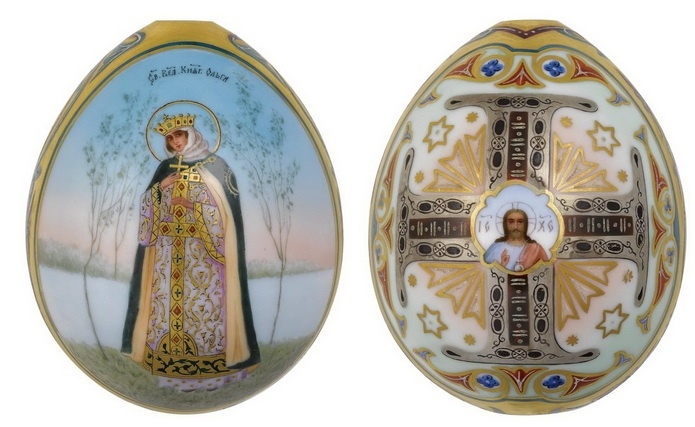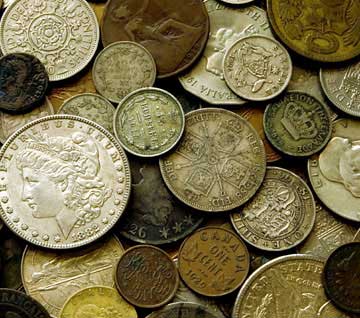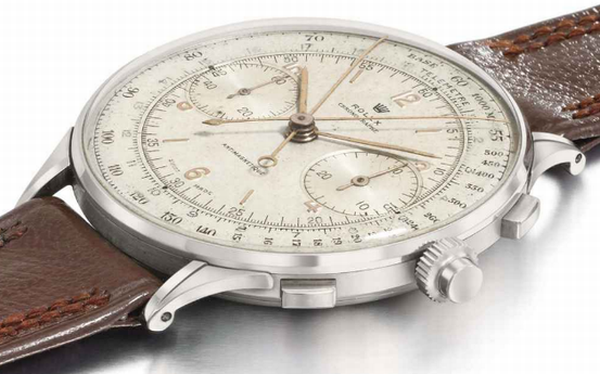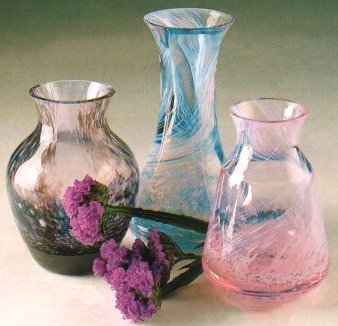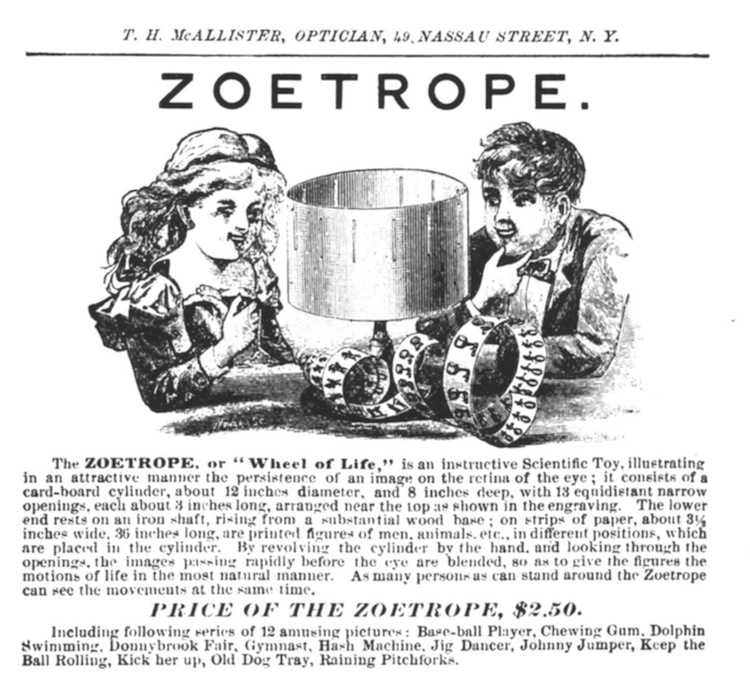Pictured: Antique Porcelain Russian Easter Egg
The ancient Egyptians, Persians, Phoenicians and Hindus all believed the world began with an enormous egg. The egg as a symbol of new life has been around for a very long time.
The first book to mention Easter eggs by name was written five hundred years ago. Yet, a North African tribe that had become Christian much earlier in time had a custom of colouring eggs at Easter. Long hard winters often meant little food and a fresh egg for Easter was quite a prize.
Easter falls in the spring, the yearly time of renewal, when the earth renews itself after a long, cold winter. The word Easter comes to us from the Norsemen’s Eostur, Eastar, Ostara and Ostar and the pagan goddess Eostre, all of which involve the season of the growing sun and new birth. The Faberge eggs began in 1884, with an Easter egg made for the Czar that became a gift for his wife, Czarina Maria. The egg reminded the empress of her homeland , and so from then on it was agreed that Faberge would make an Easter egg each year for Maria. Faberge designed Easter eggs for another 11 years until Alexander III died. Then Nicholas II, Alexander’s son, continued the tradition.
As early as the 13th century, Europeans were exchanging gifts of painted hens’ eggs.
The wealthy of the Middle Ages sometimes embellished these eggs with gold and jewels. Later they included ingenious surprises concealed within the fragile shell.
Simplest of these surprise Easter eggs were made in wood in the 19th century by Russian peasants celebrating the Orthodox Church’s most important festival. When unscrewed, these eggs revealed smaller and smaller ones, just like the famous Russian dolls.
Other surprise eggs were on a more grand scale. Ingenious toys were the delight of European kings of the 18th century. Louis XV, for example, gave his mistress, Madame du Barry, a jewelled egg that contained a porcelain cupid. He, in return, received eggs painted by such masters as Boucher and Watteau.
1290 – People of England have been colouring and decorating their Easter eggs since way back in the middle ages. The records for the house of Edward I, in the year 1290 , have listed an expense for four hundred and fifty eggs to be gold-leafed and coloured as Easter gifts
1682 – In a German book, circa 1682 the tale goes that the bunny lays eggs and hides them in the garden but even that early it was referred to as an old fable . The legend was that the bunny laid red eggs on Maundy Thursday and eggs of other colours on Easter Eve
1884 – The Faberge eggs began in 1884, with an Easter egg made for the Czar that became a gift for his wife, Czarina Maria. The egg reminded the empress of her homeland and so from then on it was agreed that Faberge would make an Easter egg each year for Maria.
1885 – Tsar Alexander III commissioned a surprise for his wife of a bauble crafted to resemble an Easter egg. Easter was the most important holiday on the Russian Orthodox calendar, and a history existed of celebrating with Easter eggs far more elaborately
1917 – While Russian troops went to the front without rifles, the Imperial family ordered patriotic motifs for the Faberge Easter Eggs. The czar fell in 1917, a year before the Great War ended:
In earlier days, chickens’ eggs were wrapped in gold leaf or were decorated with bright colours by being boiled with leaves or petals of certain flowers. This tradition gave birth to the modern chocolate Easter egg.

